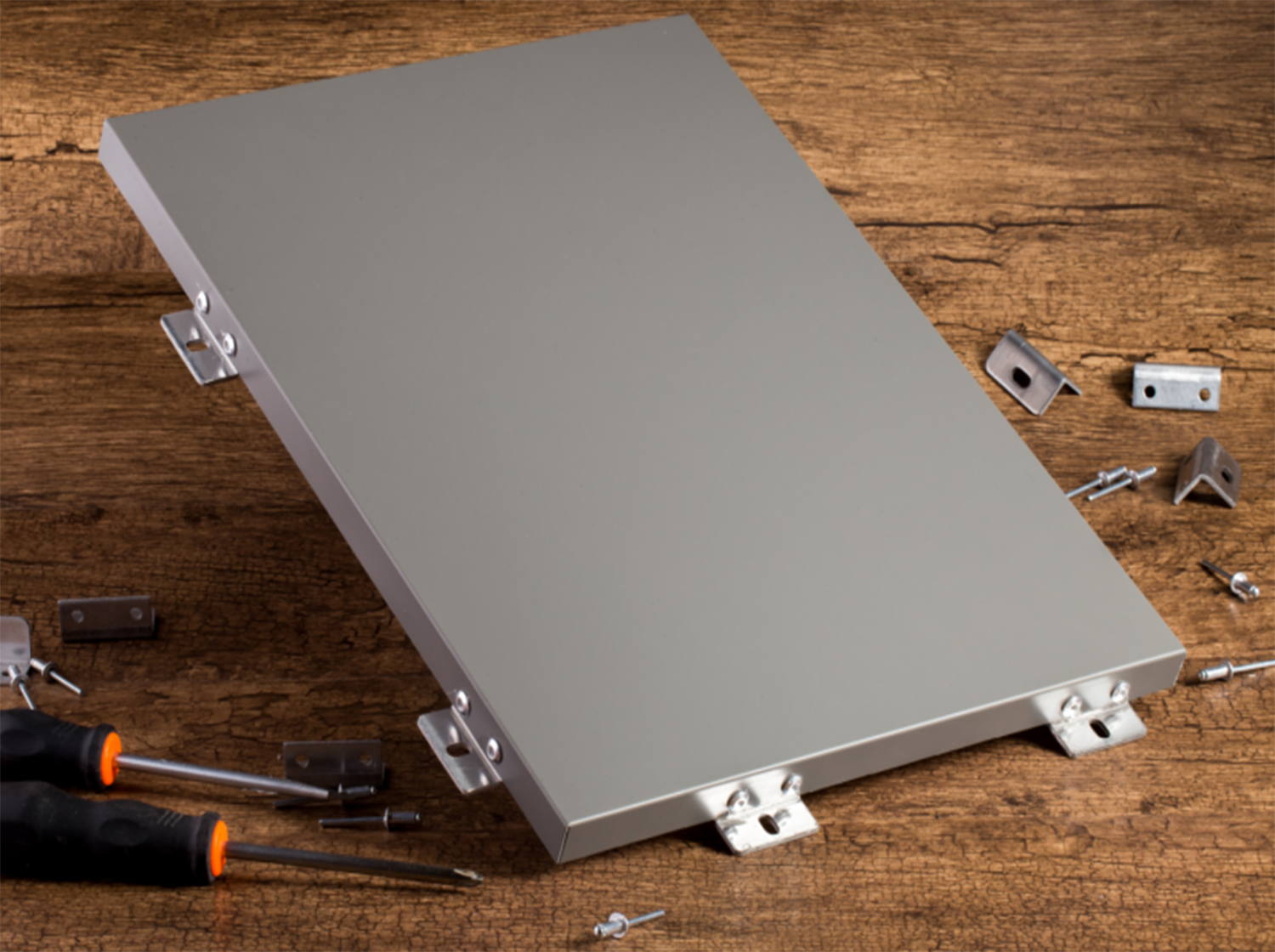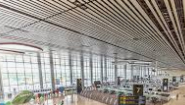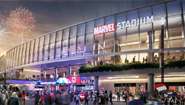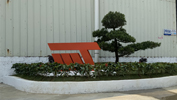Why Aluminum Wall Cladding is Preferred for High Building Facade Decoration
Author:Jayminton Time:2024-08-08

Aluminum solid panel cladding has become increasingly popular for decorating the Facades of landmark and high-rise buildings. Its superior performance against wind loads makes it particularly suitable for areas prone to strong winds. Here’s why:
Material and Strength: Aluminum Wall Panels are crafted from high-quality aluminum alloy sheets, ensuring a minimum thickness of 2.0mm and a tensile strength ranging from 100 to 280 N/mm². This robust construction ensures the panels remain distortion-free even under significant wind loads.
Enhanced Design for Stability: Panels larger than 600x600mm are reinforced with embedded screws on the back, integrating enhanced ribs. This reinforcement significantly increases both the strength and stiffness of the panels, ensuring long-term flatness and exceptional performance against wind loads.
Structural Independence: aluminum Cladding facades are designed not to bear the dead load of the main building. This structural independence creates a gap between the cladding and the main structure, effectively shielding the main building from wind loads. This design minimizes distortion and helps stabilize indoor temperatures.
Protection from Environmental Factors: With increasing industrial pollution, aluminum Wall Cladding serves as a barrier against corrosive elements like acid rain and salt atmosphere. This protective layer extends the lifespan of buildings, making aluminum cladding a viable option for medium-height buildings as well.
In conclusion, the choice of aluminum solid panel cladding for building facades is driven by its exceptional durability, structural benefits, and protective qualities against environmental factors. As more buildings opt for these cladding systems, they contribute to both aesthetic appeal and long-term sustainability.

 S1 Clip-in Metal ceiling System
S1 Clip-in Metal ceiling System JMT-L4.2 U-Baffle System
JMT-L4.2 U-Baffle System JMT Aluminum Wall Cladding
JMT Aluminum Wall Cladding Aluminum Honeycomb Panel
Aluminum Honeycomb Panel Air-Condenser Cover
Air-Condenser Cover Metal Heat Cover
Metal Heat Cover Singapore Changi Airport T2 Arrival
Singapore Changi Airport T2 Arrival Australia Marvrl Stadium City Edge
Australia Marvrl Stadium City Edge Enterprise Information Announcement
Enterprise Information Announcement Construction Industry Solutions
Construction Industry Solutions About Jayminton
About Jayminton Contact US
Contact US